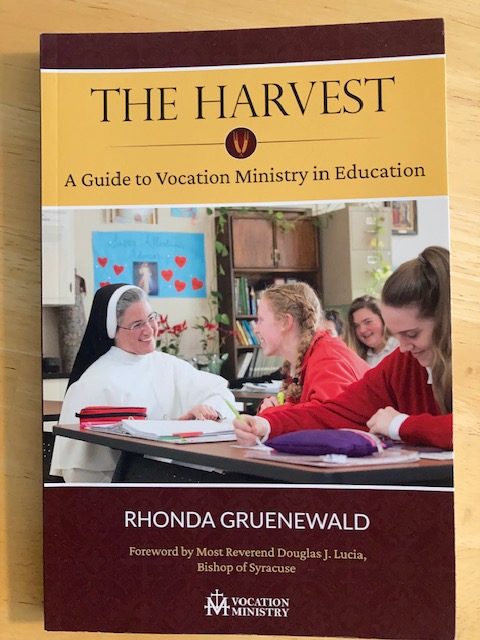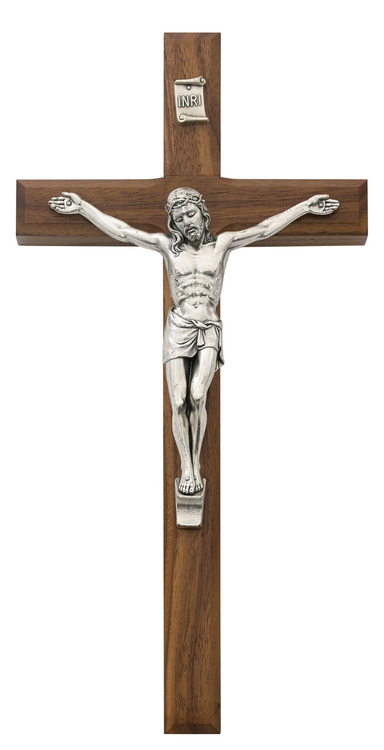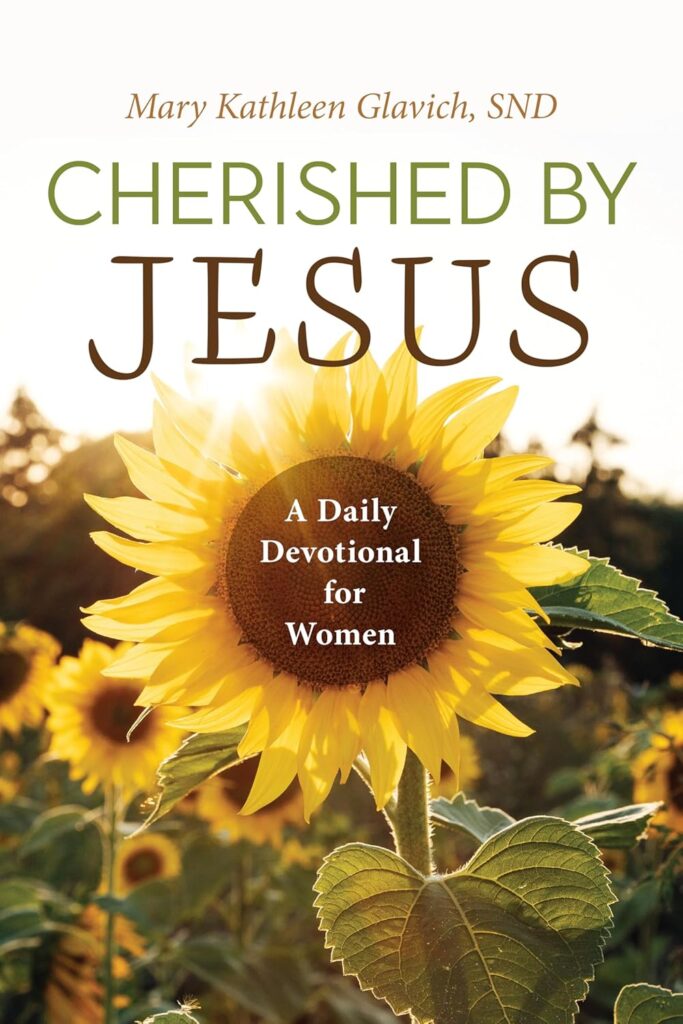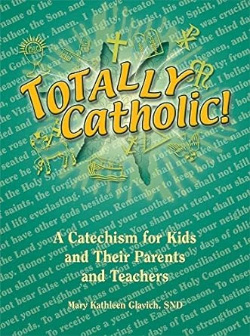
It’s no secret that the number of priests and consecrated religious in the Catholic Church is in free fall. A sad 20% of parishes have no resident pastor. Today there are about a quarter of the religious sisters that there were in the 1960s. The words of Jesus can hardly be more relevant: “The harvest is abundant, but the laborers are few” (Luke 10:2). His remedy to this dearth: “Ask the Lord of the harvest to send out laborers.” In other words, pray for vocations. I confess that seldom have I explicitly prayed for this intention in my personal prayers. Thank goodness it was one of our Mass intentions yesterday!

But we can do more than pray. I’ve just read the book The Harvest: A Guide to Vocation Ministry in Education by Rhonda Gruenewald. In it she offers a slew of vocation-based activities to inform people about vocations and perhaps spark in the heart of a youth a desire to become a priest or sister. A friend of mine decided to become a sister in the second grade!
One solid way Gruenewald suggests for promoting vocations is to establish a vocation committee in the school or parish. She provides detailed directions for how to go about doing this. This committee then plans and carries out projects. Some of these I was familiar with as a vocation director for the SNDs and for the Cleveland diocese.
In my opinion the most effective way to plant the seed of a religious vocation is to arrange for youth to encounter priests and religious brothers and sisters. My own vocation took root at the age of twelve when for the first time I was taught by a Sister of Notre Dame. Her joy bubbled over and attracted me; she even made math fun. I wanted to be like her. Planning for priests and religious to come and give talks and taking students to visit monasteries and convents are effective ways to stir an interest in their states of life. A panel representing different vocations can prompt children to consider one they never thought of before. Families with children might invite Father or Sister to dinner.

An activity that our diocese carried out and that Gruenewald recommends is a traveling cross with a prayer for vocations. It is passed from family to family, and the one that houses the cross prays the prayer together for a day or a week. The cross can be passed on after a specified Mass.
One strategy to increase vocations that we might hesitate to do: mentioning to a young man that he has the makings of a good priest and suggesting to a girl that she consider becoming a sister. A wonderful young person might not think they have the qualities for such a role in the Church. Seminaries and religious communities hold “Come and See” days and weekends. Why not encourage a promising teen or young adult to attend one of these? Your diocesan vocation office can provide information.
When I confided to a priest that I was thinking of becoming a sister, he suggested that I read the autobiography of St. Therese of Lisieux, The Story of a Soul. Other reading materials might steer a youth toward life as a priest or sister, for example, the lives of other saints. A magazine called Vision includes pertinent articles as well as information about religious communities.
Here are days that are prime opportunities to focus on fostering vocations:
February 2 World Day for Consecrated Life
May 7 World Day of Prayer for Vocations
June 18 World Priest Day
November 5–11 National Vocation Awareness Week
- Do you know someone who might be receiving a special call from the Lord of the harvest? What can you do about it?








